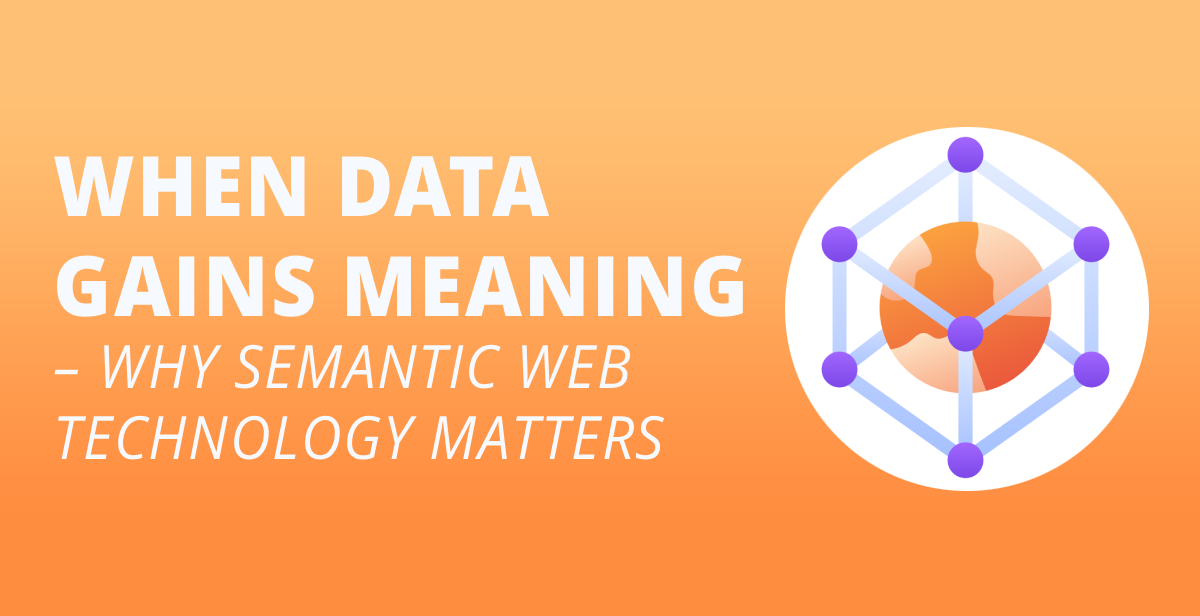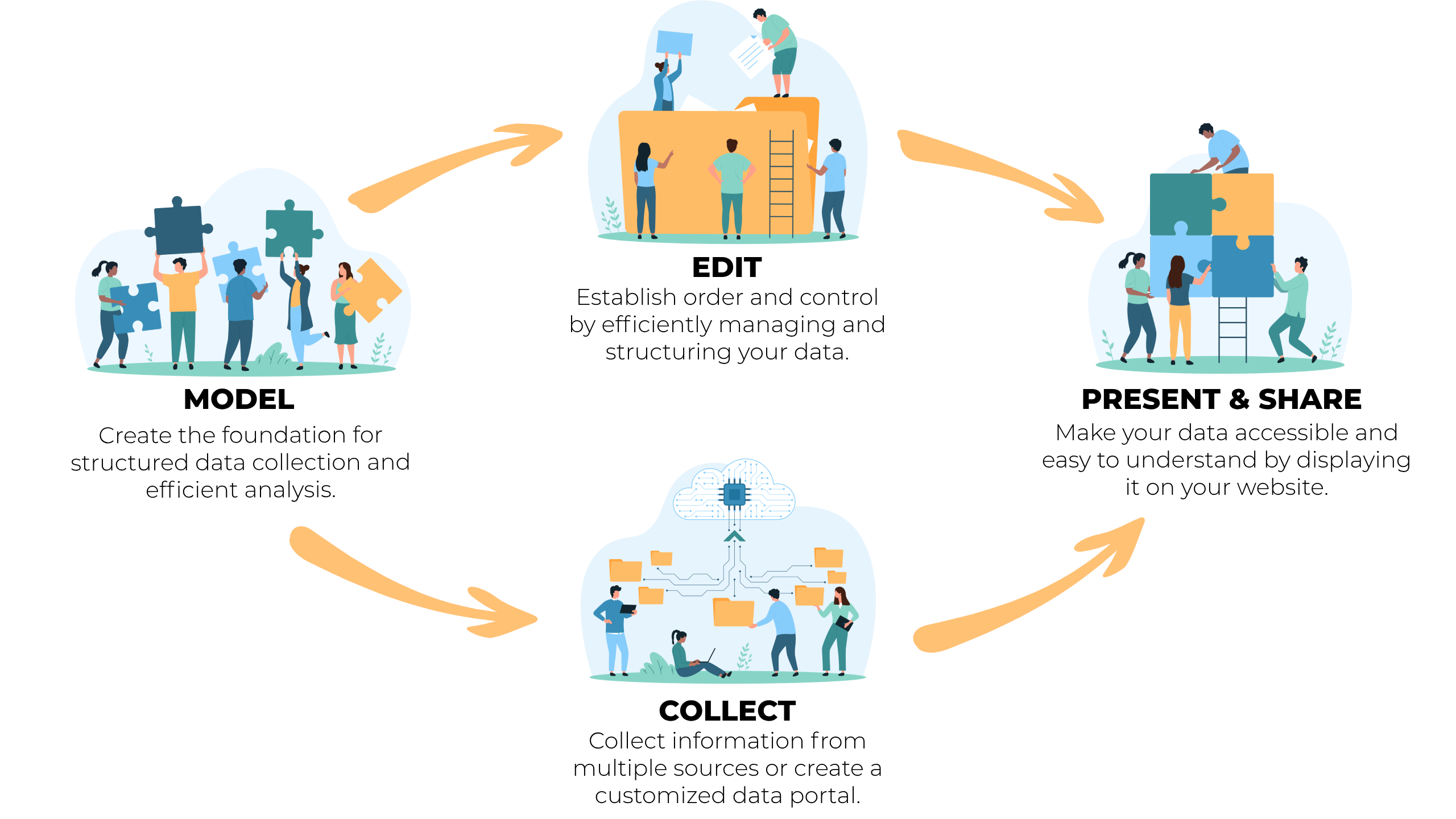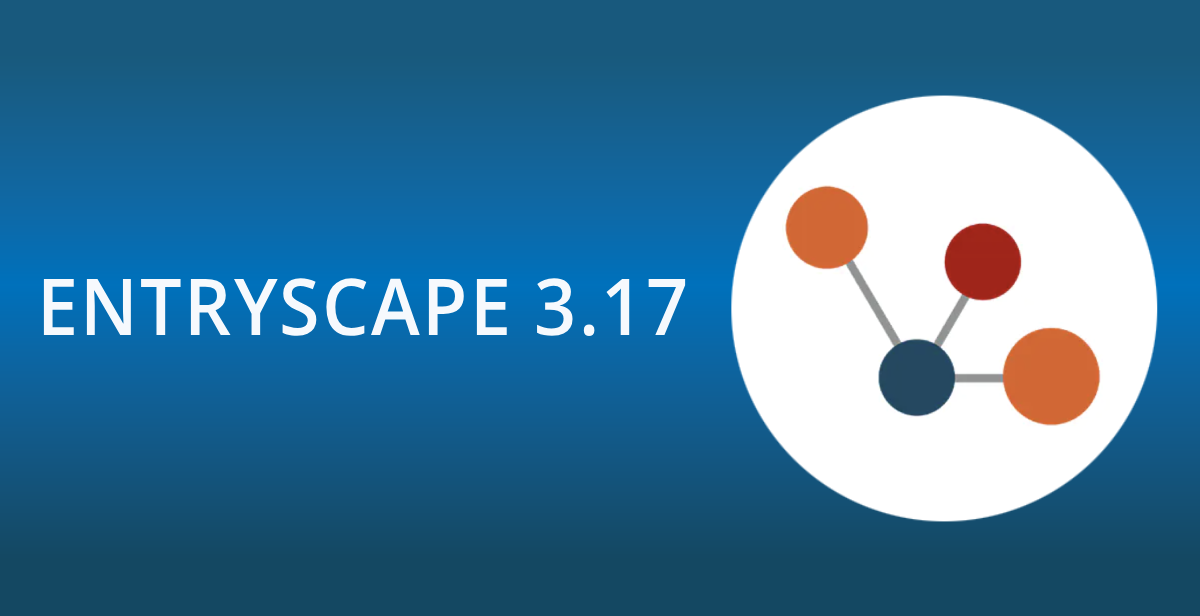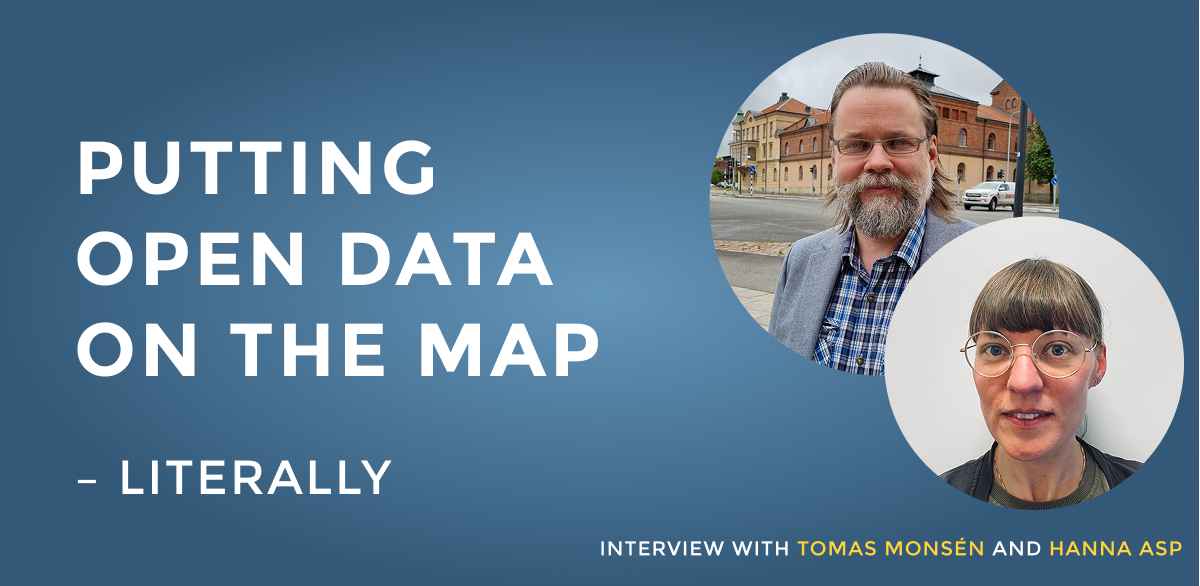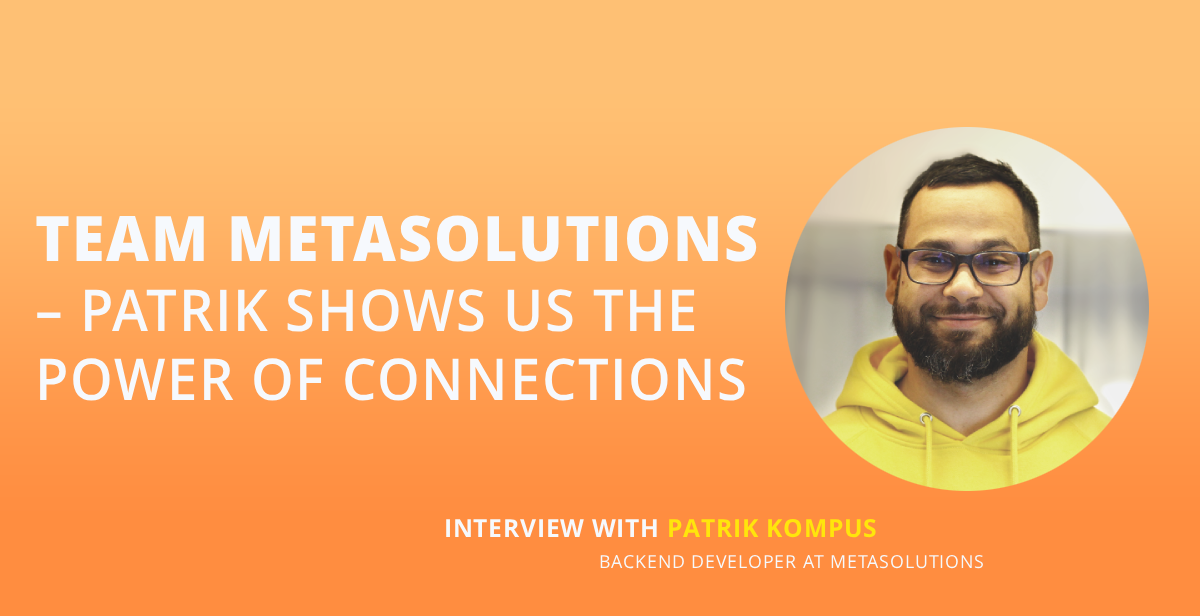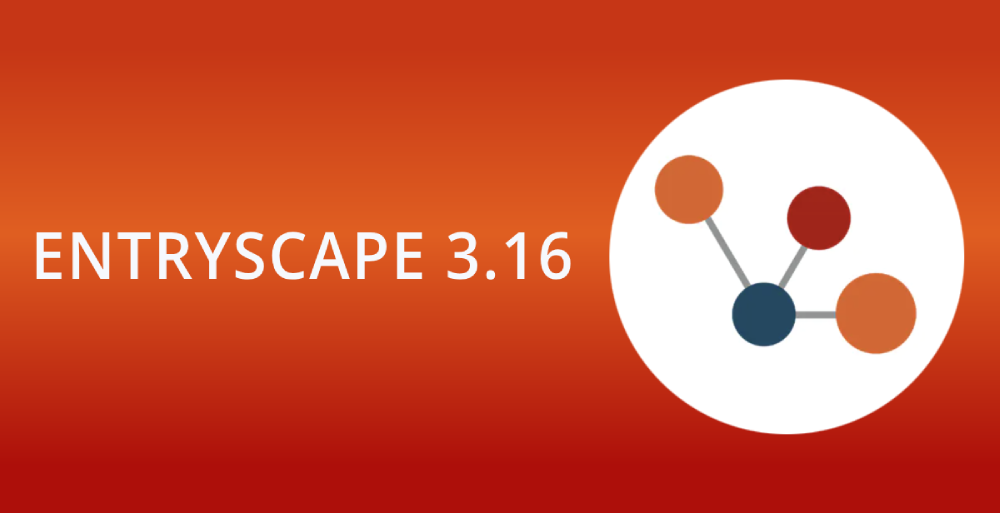What does it take for data to become understandable – even for machines? Patrik Kompus, PhD candidate in Semantic Web technology and backend developer at MetaSolutions, explains how linked data brings meaning to information and how EntryScape makes the technology accessible to everyone.
As early as the 1990s, Tim Berners-Lee – inventor of the World Wide Web and the mind behind the Semantic Web – described how data must be structured to be understood and connected. His vision was a web where information is not just displayed, but gains meaning through clear properties and relationships. A web where content becomes understandable not only to people, but also machines.
That same principle is what drives Patrik in both his research and his development work at MetaSolutions. He wants to contribute to a more logical and understandable approach to information where we structure data in ways that reflect how our own minds work.
Do you want to read this blog post in Swedish? Click here!
“People don’t think in tables. We think in associations: in places, relationships, and contexts,” says Patrik.
To illustrate what he means, he asks you to think of your old school. What comes to mind is not a list, but a mental image of teachers, hallways, and personal connections. A network of meaning, rather than rows and columns.
Connected data creates real value
Many organizations sit on large amounts of data but lack the means to make it truly useful. Without context, information remains isolated and difficult to reuse. This is where the Semantic Web approach adds value. By giving each piece of data clear properties and connections, we create structure and meaning.
But how does it actually work?
Imagine a box of hundreds of photographs. Each photo shows a place – like an amusement park, a museum, or a nature reserve. The image itself is the data. But unless someone has written down what the photo shows, where it was taken or when, the box quickly becomes a mess.
To make the photos understandable, we need to add properties to each one. For example:
- Type of place: an amusement park
- Location: Barcelona
- Date taken: July
Now we’ve started to structure the data. But we can take it a step further.
Instead of just writing “Barcelona” or “an amusement park” as plain text, we can link those terms to shared vocabularies or reference lists where each concept has a clear and unambiguous meaning. For example, a national list of geographical names or a standardized classification of place types.
Read also: Team MetaSolutions – Patrik Shows Us The Power of Connections
Only when those links are in place does the information become searchable and meaningful across broader contexts. That’s when you can start asking questions like:
“Show all amusement parks in Spain that are open in July.”
“Which nature parks in southern Europe were documented in 2022?”
And the system can provide a relevant answer, because it understands what you mean.
Want to see what happens when data is structured and connected through shared standards? Check out Visit Sweden – a national tourism portal built with EntryScape.
Linked Data in Practice – How It Works
It’s easy to assume that linked data happens automatically. That the system just “understands” how information fits together. But storing data is not enough. To be useful, it needs structure and context.
And to make data understandable and reusable, it needs a clear model – defining which properties it has and how they relate to each other. But that’s not all. For other systems to understand the content, the model must follow a standard – a shared way of describing information.
- Structure refers to how information is organized. For example, that a place has a name, an address and opening hours.
- Standards are agreements about how that structure is described, so others can interpret and reuse the data in a consistent way.
Creating linked data is, at its core, a technical process. It often requires code, ontologies, conceptual models, and great attention to detail. And this is where many people get stuck.
“There are probably a lot of people who don’t understand why their CSV files aren’t considered linked data,” says Patrik.
“It’s not that the data is bad – it’s just missing the connections needed for other systems to truly interpret and use it.”
EntryScape – Making Data Understandable, Not Just Published
EntryScape is designed to lower the barrier to linked data. Instead of requiring code, the platform provides an interface where you can create and publish structured information – with clear properties and connections – without writing a single line of code.
With EntryScape, you can:
- Define a clear structure for each data item (its properties)
- Link information to shared concepts and reference lists
- Follow open metadata standards like DCAT and SKOS
- Or create your own concept models and property lists, tailored to your domain
- Publish data that is discoverable, understandable, combinable, and reusable
Do you want to try EntryScape Free? Click here!
Structure is what gives data meaning. With the right properties and links, each piece of information becomes part of a bigger picture, not just an isolated row in a spreadsheet. But building that kind of structure doesn’t have to be complicated.
As Patrik concludes:
“EntryScape makes it possible to create meaningful, connected data without needing to be a developer. It’s about lowering the barrier – so more people can turn their data into something others can actually understand and use.”

